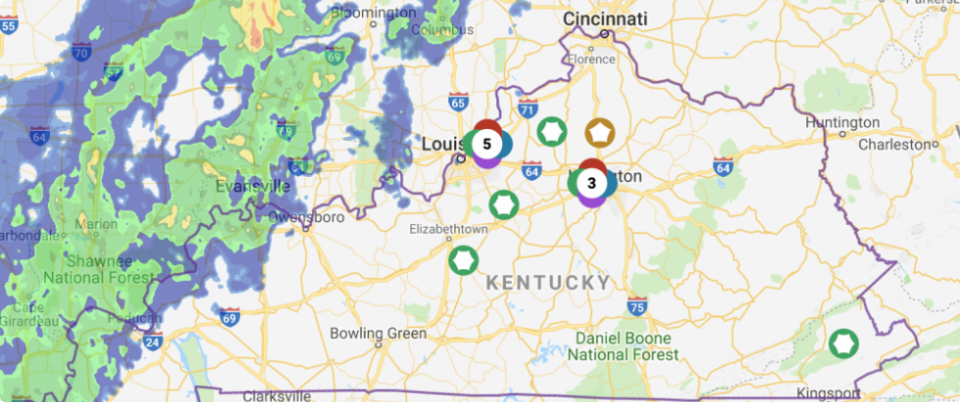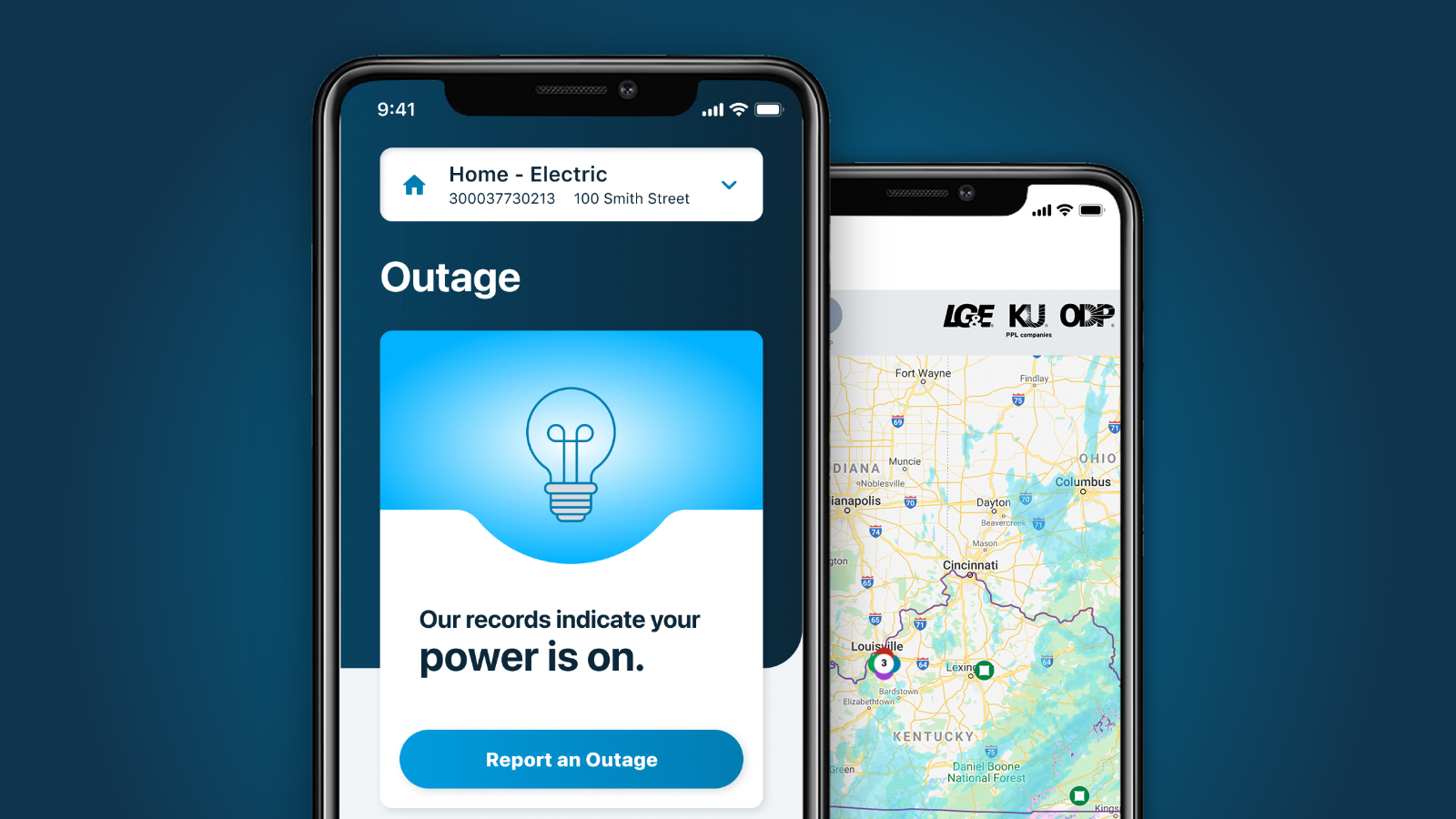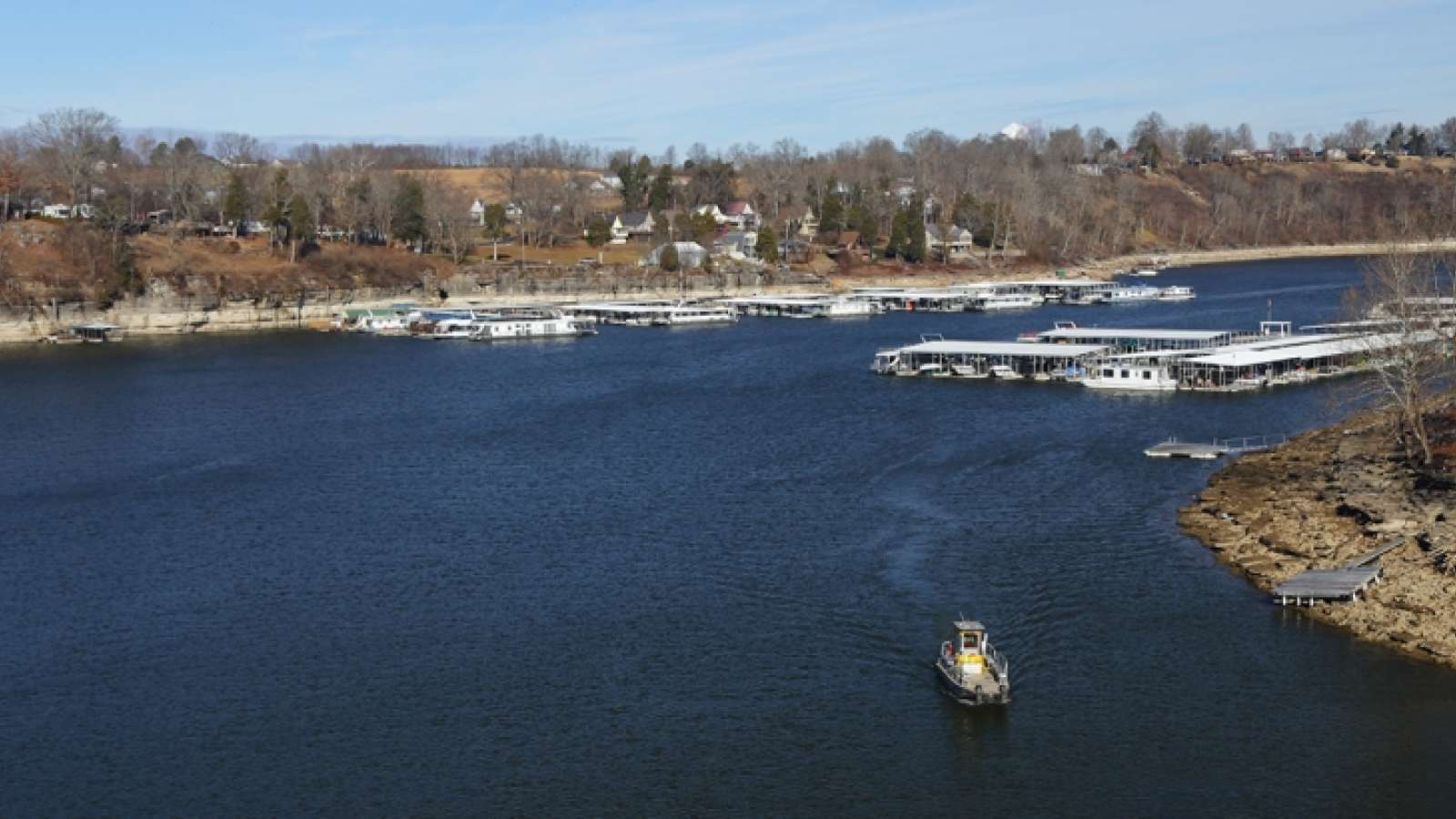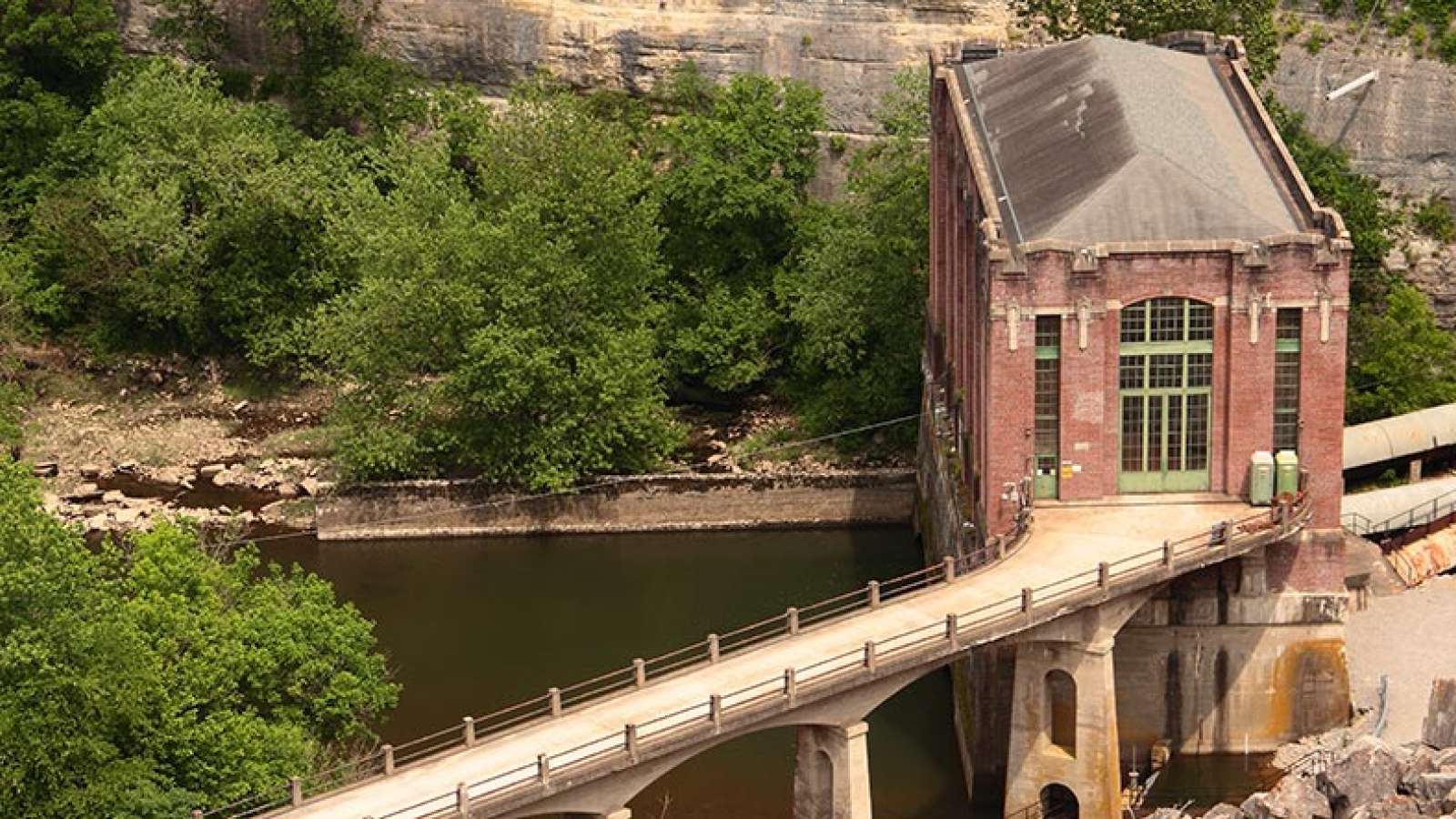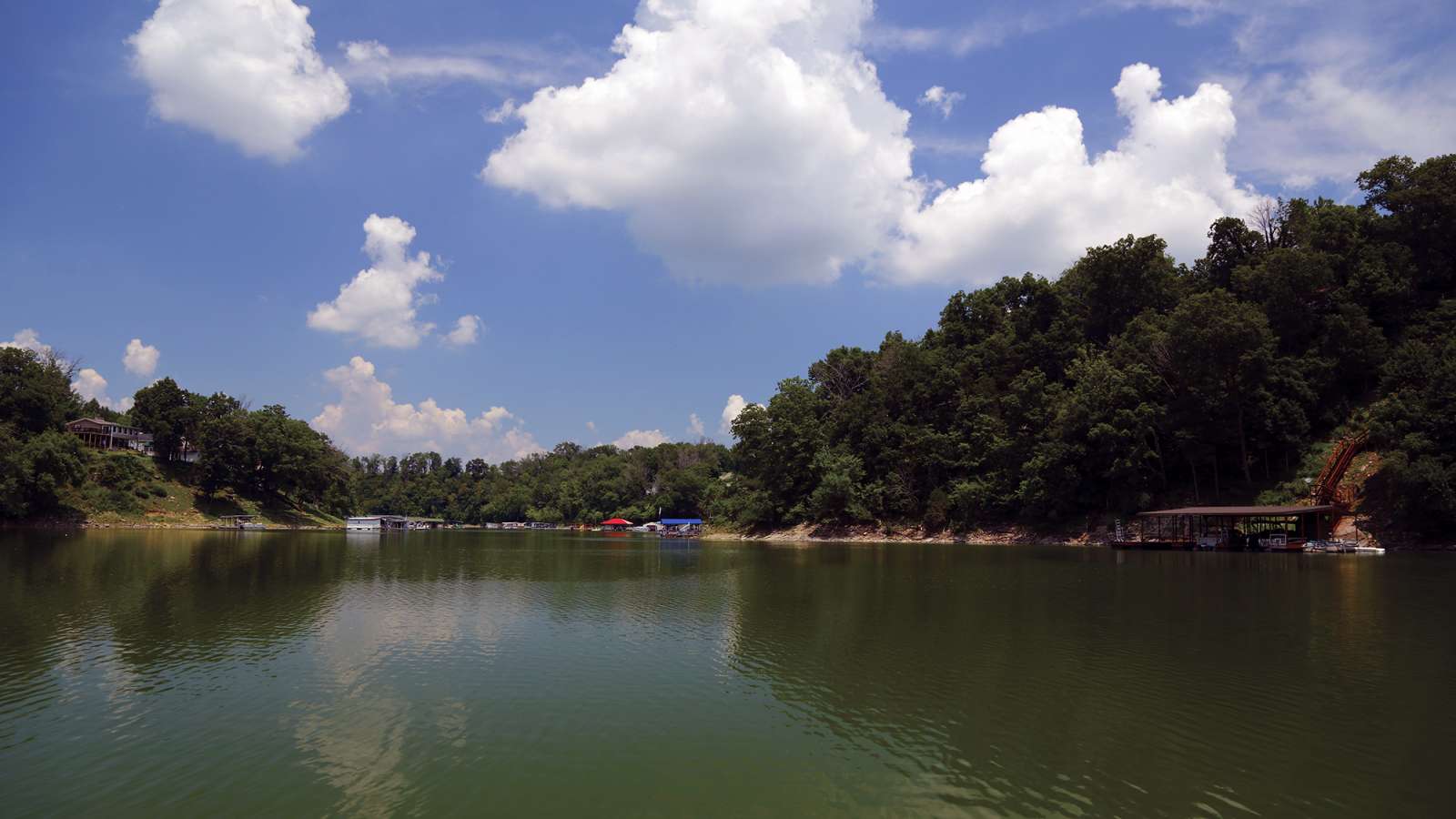The lake was formed in the 1920s by the construction of Dix Dam and the hydroelectric plant on site to help meet Kentucky’s growing energy needs.
- It’s one of the deepest lakes in Kentucky. When the hydroelectric plant’s intake opens, the lake water spins three turbines to make electricity.
- Herrington Lake’s 35 miles long and up to 1,200 feet wide.
- Covers more than 2,300 acres and 325 miles of shoreline.
- Holds an estimated 175 billion gallons of water.
- Because the lake’s so deep, it’s only frozen over two times — in 1936 and 1978.
- Known for some of Kentucky’s best reservoir fishing and being well-stocked with bluegill, catfish, crappie, and several varieties of bass.
KU’s proud to be a member of the Herrington Lake Conservation League and supports its volunteers who are dedicated to preserving the natural beauty, environmental health and safety of the lake.
Employees also participate in volunteer-led clean-up efforts, picking up litter and debris along the lake shores.
The Health of the Lake
In the summer of 2019, an internationally recognized independent environmental consulting firm, Ramboll, completed its in-depth study of Herrington Lake.
We’re proud to say, the environmental assessment shows our operations at E.W. Brown Generating Station have had no significant impacts on the water quality or fish populations in Herrington Lake.
Findings confirm the water quality is safe for recreational use and meets safe drinking water standards for our community.
In addition, KU invested more than $100 million on closure plans for our ash ponds at E.W. Brown, and constructed new processing and treatment facilities for our coal combustion materials and an environmentally protective landfill. In 2020, we began operating a process-water treatment system to treat waters that come in contact with CCR materials prior to the ash ponds being closed.
